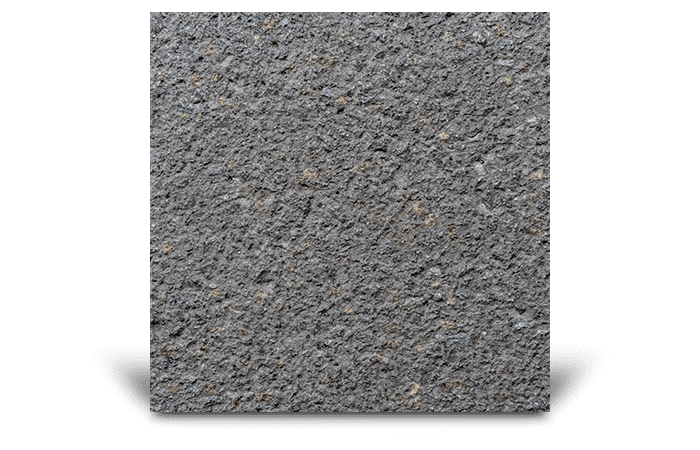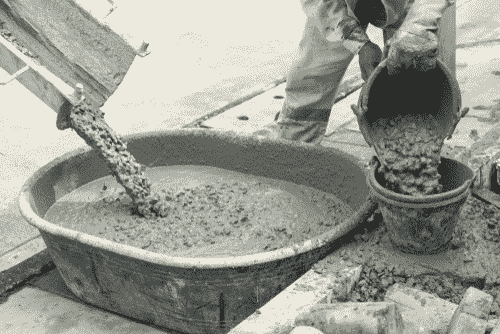Concrete Fixing and Upkeep: Keep Your Frameworks Strong and Lasting
Concrete Fixing and Upkeep: Keep Your Frameworks Strong and Lasting
Blog Article
Unveiling the Eco-Friendly Advantages of Using Recycled Concrete in Sustainable Building Practices
In the realm of lasting construction methods, the use of recycled concrete stands as an essential yet frequently undervalued source. Beyond its standard applications, recycled concrete offers a myriad of green advantages that extend much past the confines of traditional construction materials.
Environmental Advantages
Undoubtedly, among the most considerable advantages of utilizing recycled concrete is its favorable influence on the environment. By incorporating recycled concrete right into building and construction practices, there is a substantial reduction in the need for brand-new basic materials, resulting in preservation of natural sources. This process helps in protecting accumulations, water, and energy that would have been utilized in creating brand-new concrete. In addition, using recycled concrete diminishes the amount of waste being sent out to land fills, consequently minimizing ecological air pollution and reducing the pressure on garbage dump capacities.

Moreover, the production of traditional concrete is a substantial resource of carbon exhausts as a result of the energy-intensive procedure of concrete production. On the other hand, recycled concrete has a lower carbon impact as it decreases the need for brand-new concrete production. This decrease in carbon discharges adds to mitigating climate modification and supports lasting building practices. Generally, the environmental benefits of utilizing recycled concrete are substantial and play an important role in promoting eco-friendly building and construction techniques.
Cost-Efficiency
Attaining cost-efficiency is a critical consideration when examining the use of recycled concrete in building tasks. One of the crucial benefits of using recycled concrete is its cost-effectiveness compared to traditional concrete.
Additionally, making use of recycled concrete can result in financial savings in landfill expenses by drawing away concrete waste from disposal websites. This not only decreases the environmental impact however also removes the costs connected with waste removal. In addition, the longevity and efficiency of recycled concrete are similar to standard concrete, ensuring that cost savings do not endanger the top quality of the construction.
Toughness and Toughness
Recycled concrete deals equivalent, if not premium, longevity and strength buildings to typical concrete - Concrete. With improvements in handling strategies and top quality control, recycled concrete can satisfy or surpass the efficiency requirements of conventional concrete.

Waste Decrease
When it comes to making use of recycled concrete, waste decrease is a crucial benefit that adds significantly to ecological preservation. By including recycled concrete right into building and construction projects, this waste is repurposed and drawn away from land fills, minimizing the overall ecological impact of building tasks.
Recycled concrete not only aids in lessening the quantity of waste that ends up in garbage dumps however additionally preserves all-natural resources by reducing the demand for brand-new aggregate products. This process of waste reduction promotes a circular economic situation within the building and construction market, where products are reused and reused to create a more sustainable industry. In addition, the usage of recycled concrete can cause set you back savings for construction projects, as it is often extra budget-friendly than sourcing and transferring new materials. To conclude, waste decrease via the usage of recycled concrete is a crucial part of lasting building methods that profits both the building and the environment market all at once.
Energy Preservation
Energy preservation is a crucial element of sustainable construction practices, aiming to minimize index the total power usage related to structure operations and products manufacturing. Significant power savings are achieved compared to traditional concrete production when it comes to making use of recycled concrete in construction. The procedure of generating recycled concrete includes squashing and reusing existing concrete products, which takes in much less energy than mining, handling, and moving basic materials for new concrete production. Additionally, using recycled concrete can help decrease the demand for virgin accumulation, further lowering the energy-intensive removal and processing of natural deposits.
Verdict
Finally, the use of recycled concrete in sustainable building practices offers countless ecological advantages, cost-efficiency, durability, stamina, waste decrease, and energy conservation. advice By including recycled concrete right into building and construction jobs, we can add to an extra lasting and ecologically friendly future. It is important for the building and construction sector to prioritize making use of recycled materials to help in reducing the environmental influence of building activities.
One of the vital advantages of utilizing recycled concrete is its cost-effectiveness compared to traditional concrete.Moreover, the use of recycled concrete can lead to cost savings in land fill expenses by diverting concrete waste from disposal websites. The sturdiness and performance of recycled concrete are similar to conventional concrete, ensuring that price financial savings do not jeopardize the quality of the construction.

Report this page